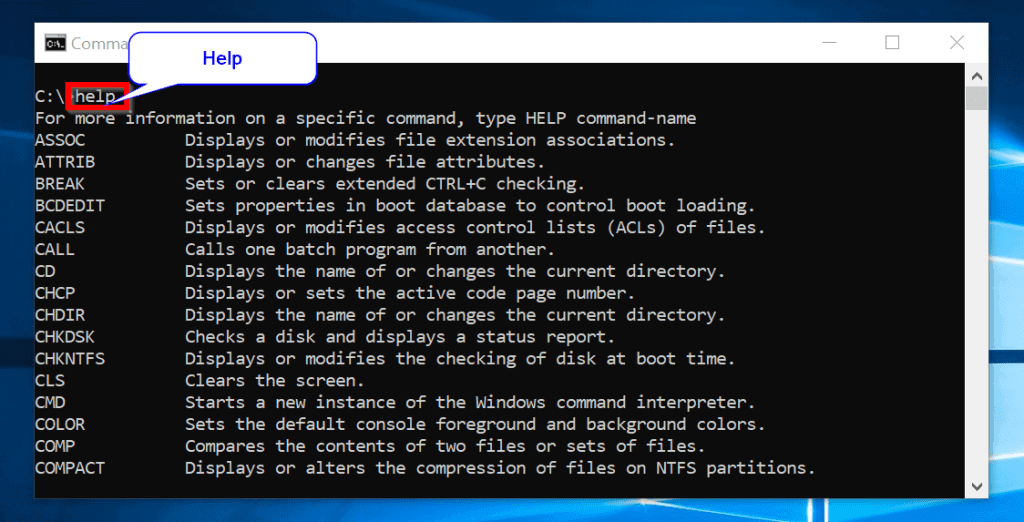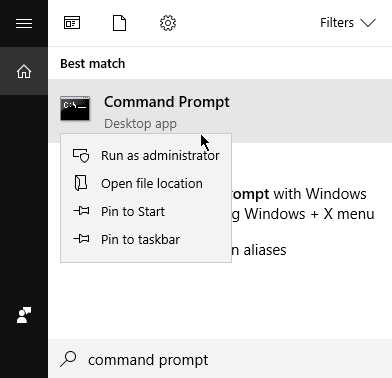

The first thing you’ll see at the command line is the prompt. SSH is a common standard, so you can use any operating system that supports SSH to remotely log in to your Mac.
#Command prompt commands for mac mac
SSH remote login enables you to securely log in from a remote computer to access your Mac computer’s command line. Read more about single-user mode in Lesson 28, “Troubleshoot Startup and System Issues.” This mode starts the minimum system required to provide you with a command-line prompt so that you can enter commands to repair a Mac that can’t fully start up. It includes a tabbed interface for multiple command-line sessions, multiple split panes for viewing history, support for full-screen mode, and Touch Bar shortcuts.Īt startup, press and hold Command-S to start a Mac that does not have the Apple T2 Security Chip in single-user mode. It’s in /Applications/Utilities/Terminal. For more information about Apple Remote Desktop, go to Access the CLIĪ shell is the first command that runs when you access the CLI. ARD enables you to remotely send the same command to many Mac computers with one click.

If you combine CLI instructions with Apple Remote Desktop (ARD), you can remotely administer multiple, even thousands, of Mac computers simultaneously. This enables you to automate repetitive tasks. If you are comfortable with the CLI syntax, you can apply it to a command-line script.

Read Reference 7.1, “User Accounts,” for more information about the root account. This enables great administrative flexibility in the CLI. This remote access allows administrators to make changes at the command line without alerting the user to their work.īy using the sudo command, any administrator can run commands as the System Administrator user, also known as root. You can remotely log in to a Mac computer’s CLI using the Secure Shell (SSH) protocol. Also, there are many file-system permissions settings that the Finder doesn’t display. For example, the Finder hides many files and folders that are visible in the CLI. These are just a few instances, as nearly every administrative function has both a graphical and a command-line tool.įrom the CLI you have more access to the file system.
#Command prompt commands for mac update
For example, the following apps have CLI equivalents that include additional options: System Information (system_profiler), Installer (installer), Software Update (softwareupdate), Disk Utility (diskutil), and Spotlight (mdfind). Reference 4.1 CLI BasicsĪdditional administrative and troubleshooting options are available from the CLI. Use the command-line interface (CLI) to access additional administrative functionality. Manipulate files in the command-line interface Use man (manual) pages to find more information about commands Describe when the command-line interface is useful


 0 kommentar(er)
0 kommentar(er)
